According to data from the Vietnam Textile and Apparel Association, Vietnam's total textile and garment export turnover in October 2024 is estimated at 3.86 billion USD, up 10.7% over the previous month and up 24.26% over the same period last year. In the first 10 months of 2024, the total export turnover is estimated at 36.11 billion USD, up 9.86% over the same period in 2023. Regarding imports, in 10 months, Vietnam spent about 20.61 billion USD importing textile and garment raw materials, up 15% over the same period in 2023.
According to the Vietnam Textile and Apparel Association, Vietnam’s textile and garment export activities continue to improve, reflected in the increasingly expanding growth rate compared to the first months of the year. In particular, key export markets such as the US, EU, Japan, and China still maintain growth; ASEAN, Russia, and Canada markets are potential bright spots for businesses to promote textile and garment production and export.
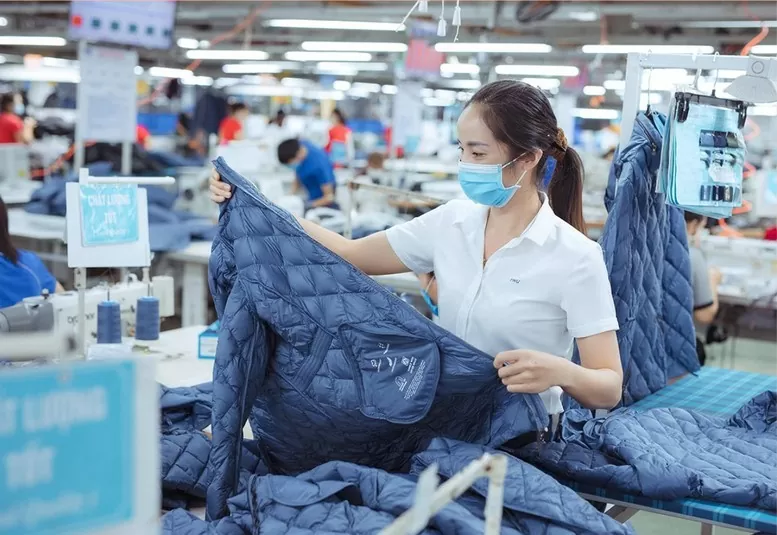 |
| Exports grow by double digits, textile and garment enterprises expect new developments. Photo: Bang Tam |
In addition, the continuing downward trend in freight rates is also supporting the industry's export growth.
Information from the Vietnam Textile and Garment Group also said that by the end of the third quarter of 2024, many enterprises under the group had approached the production and business plan for 2024. In particular, in the first 9 months of 2024, Viet Tien Garment Joint Stock Corporation achieved 92% of the annual revenue plan, Nam Dinh Garment Joint Stock Company achieved 117% of the annual revenue plan, and Hung Yen Garment Joint Stock Corporation achieved 99% of the annual revenue plan.
It is worth mentioning that some large enterprises such as Tien Tien Garment Joint Stock Company have orders until the end of the first quarter of 2025 and are continuing to negotiate for the whole year of 2025. From now until the end of the year is the peak production season for Christmas and New Year, so garment enterprises are advised to choose orders that are suitable for their production capacity.
Recently, the US Federal Reserve (FED) decided to lower interest rates by 25 basis points to 4.5-4.75%/year. Previously, on September 18, the FED also lowered interest rates by 50 basis points - this was the first reduction since March 2020.
When interest rates are low and borrowing costs are cheaper, businesses can invest in new projects or hire more employees. At the same time, consumers can spend more because savings are less attractive. This can also be a good boost for general consumption of goods, textiles and garments, which means more export opportunities for Vietnamese businesses. The FED has another meeting next month this year, and the market is still expecting this agency to continue to cut interest rates by another 25 basis points.
With positive developments both domestically and internationally, Mr. Truong Van Cam - Vice President of the Vietnam Textile and Apparel Association - said that in 2024, the Vietnamese textile and garment industry is likely to reach the finish line with 44 billion USD.
Although orders are abundant and customers are diverse, textile and garment enterprises, especially garment enterprises, face a lot of pressure due to labor fluctuations. For Tien Tien Garment, by the end of October 2024, labor fluctuations were approximately 11.7%, although policies for workers and average income for workers have improved. Labor fluctuations are a big challenge that forces textile and garment enterprises to find ways to increase production capacity, especially at the end of the year when orders are high and delivery times are urgent.
In 2024, textile and garment exports will be "much less difficult" than in 2023. In a recent report, SSI Research expects that in the long term, major retailers will continue to diversify orders from many exporting countries to minimize risks.
Vietnam will continue to benefit from the shift of orders from China, thanks to: Low labor costs and lower tariffs with the US compared to China, and higher skilled labor than India and Bangladesh.
However, the unit also noted that the US will need time to issue a “comprehensive tariff”, which is expected to be applied in the second half of 2025 or 2026. Therefore, retail businesses are expected to increase orders before the new tariff is applied, not only in China but also globally. Therefore, SSI Research expects the consumption output of textile and garment companies to increase sharply in the coming quarters.




![[Photo] Prime Minister Pham Minh Chinh and Prime Minister of the Kingdom of Thailand Paetongtarn Shinawatra attend the Vietnam-Thailand Business Forum 2025](https://vphoto.vietnam.vn/thumb/1200x675/vietnam/resource/IMAGE/2025/5/16/1cdfce54d25c48a68ae6fb9204f2171a)



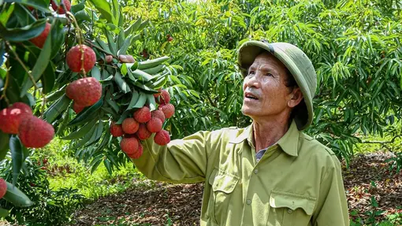

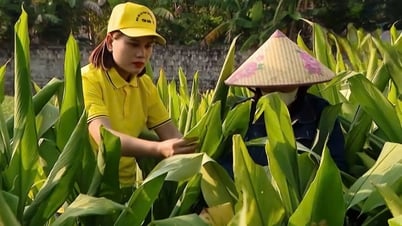





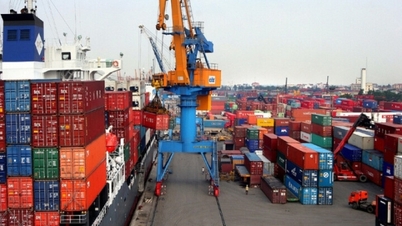
















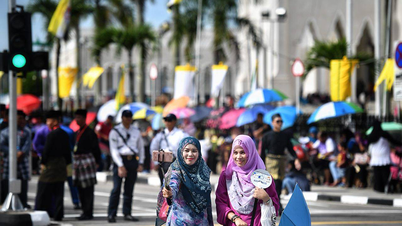
![[Photo] President Luong Cuong receives Prime Minister of the Kingdom of Thailand Paetongtarn Shinawatra](https://vphoto.vietnam.vn/thumb/1200x675/vietnam/resource/IMAGE/2025/5/16/52c73b27198a4e12bd6a903d1c218846)















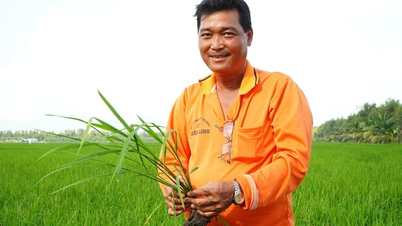






































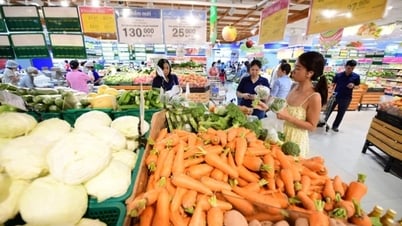

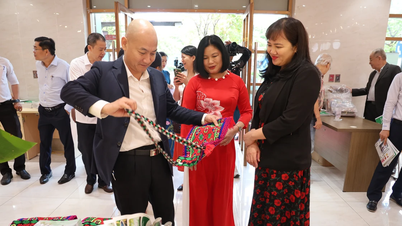




Comment (0)